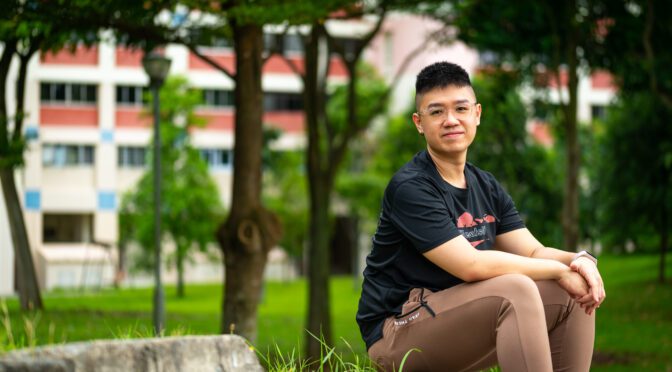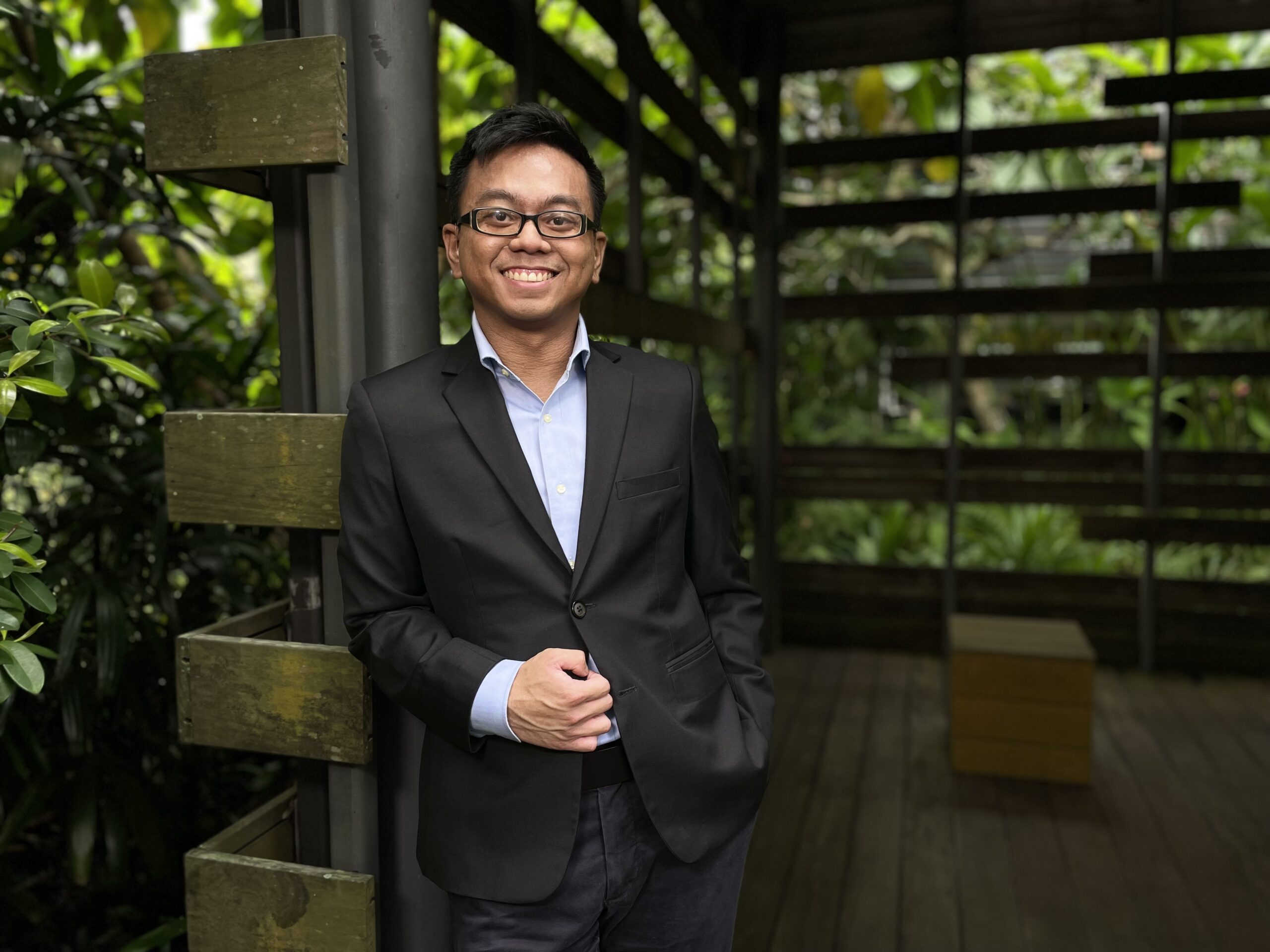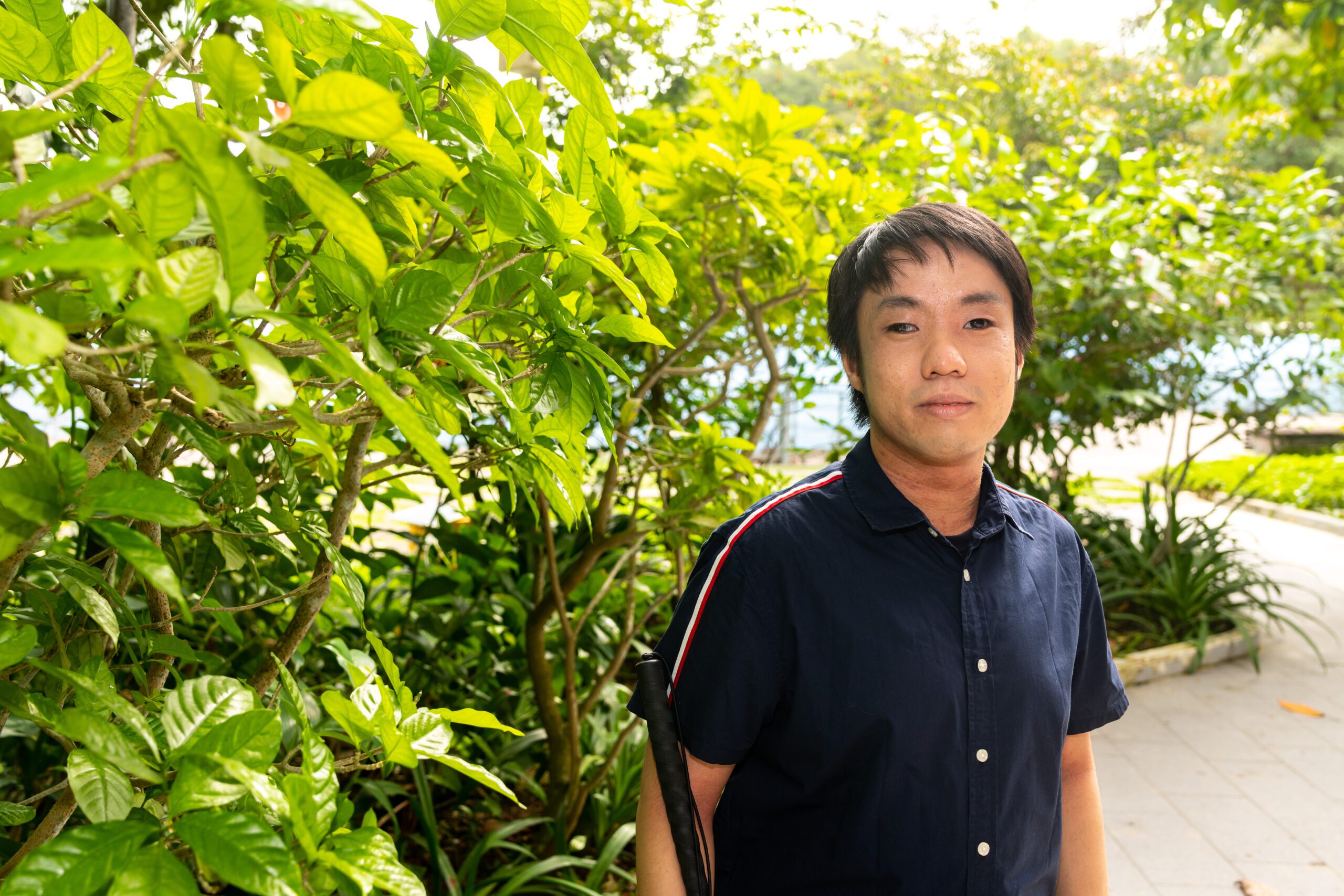Performing was one of the ways I learnt to navigate the social landscape. Going to parties is like entering a house of sensory horrors for autistic people with hypersensitivity. The thumping bass of the loud music. The sound of clinking wine glasses. The paroxysm of laughter. Yet I forced myself to attend these parties when I was younger, because it was the normal thing to do. I’d sequester myself in one corner, like a child on a timeout. Years later, my friends quipped that I was the Ice Princess looking down on her minions. Indeed, I was the Ice Princess, but I wasn’t belittling anybody. I was a mess, pelted by an onslaught of vibrations.
This part of me may be learnt, but it is not fake. I would in fact say that it is my genuine autistic self. We autistics are a highly adaptable breed: we learn to develop, and we evolve. We have to present our so-called best selves to society. It’s not a veneer, it’s not an image. It’s a matter of survival. The part that I haven’t shown the world until only recently is the me who lives by my own rules. My friends no longer invite me to their gatherings, and I’m not offended in the least bit; in fact I’m relieved that I don’t have to cook up an excuse and lie to get out of them. Thanks to the wonders of video chats, I am still a part of their gatherings while I’m ensconced in my own chair at home. This is my social life, and I’m very happy with it. Who says you cannot socialise with autistic people? You just have to be willing to make concessions.
My mother was very particular about social etiquette. Maintaining eye contact while talking to someone is a must (foisting this ‘good’ manner on autistic people can in fact cause them pain). The eyes are the window to the soul, it is said. You can spot a liar by looking at the eyes. Not me. Eyes are just lines and curves and pretty shapes to me. If I look intently at you while holding a conversation, I’m in fact drawing your eyes with my mind. Whisked away by my muses, I’m no longer present. Naturally, I incur the wrath of the other party: ‘Dawn is so rude! What’s more, she keeps interrupting me while I’m talking!’ In a world where one’s worth is determined by his or her ability to hold a conversation, I am thought of as inept.
I can discern if someone is lying, just not by looking at the eyes. I do so by listening to the words, picking up on tone of voice. And do not mistake my disinterest for a lack of empathy. Because we autistics may not excel in a social landscape where the goalposts shift constantly at a whim, we are thought of as aloof. But it is not true that we are an unempathetic breed. In fact, we may even implode from a surfeit of empathy. Very often I find myself still upset about a friend’s problem, long after she has got over it. It’s just that my reaction to a friend’s problem is often deemed callous, such as advising her to amble through the forest and connect deeply with the elemental world. ‘I’m sad! Why are you telling me to be a tree hugger?’ I’ve learnt that what neurotypicals want is not a solution to their sorrows but a hug, but I hate hugging. I’m the complete opposite: if ever you see me crying or trapped in a predicament, I want you to offer me a solution, stat.
I was once propositioned by a close friend to tie the knot. The proposal was hardly romantic. He did so at the behest of his therapist and his religious leaders. I refused, retorting in true autistic bluntness: ‘You’re gay! Why would you want to marry me?’ But he just kept on badgering me. You see, he was undergoing conversion therapy at the time, and he had to get married to prove he was ex-gay, and I was to be his wife. I told him that being gay is such a natural thing and urged him to be his true self, to be happy. While there’s no enmity between us, this was an embarrassing shared moment that put a strain in our friendship. Another friend of mine committed suicide. He was ostracised: the people around him could not accept his sexual orientation. He had been excommunicated from his church.
This is why as a straight autistic woman, I feel such a strong affinity with the LGBTQ+ community. Parents often try to get to the root of why their son or daughter has same-sex attraction. But there is no why: they are just gay.
In many ways, autistics and gay people are in the same boat. We feel a need to keep our identities a secret. I know of a professional doctor, whom I diagnosed to be autistic as well after initial pleasantries and interactions. But he has to conceal his autistic identity, for fear of backlash and that his business may go belly up — he has a wife and kids to raise. That’s an ineluctable stigma I myself know all too well. I worked hard to earn my Master of Philosophy in music composition, and my subsequent PhD in Autism, Neurodiversity and Multi-Art Praxis, yet when I returned to Singapore, I couldn’t even get a job. And I tried: I applied for the various vacancies of music teacher and art teacher. ‘You’re overqualified’ was the decorous rejection, when a rejection did come in a sea of silence. Might it have something to do with the fact that I’m openly and proudly autistic? With no other choice, I had to become a self-employed artist.
There also is a prevalent and unyielding push by society to dismantle and change the fundamental core of who we are. Incidentally, the creator of conversion therapy for gay people and behavioural engineering for autistics is one and the same: Ole Ivar Løvaas, a lauded psychologist and professor. In their infancy, his therapies called for the use of aversives such as electric shocks to modify behaviours. It’s very wrong to do this to human beings. We are not abnormal or things that need fixing; we are just different.


